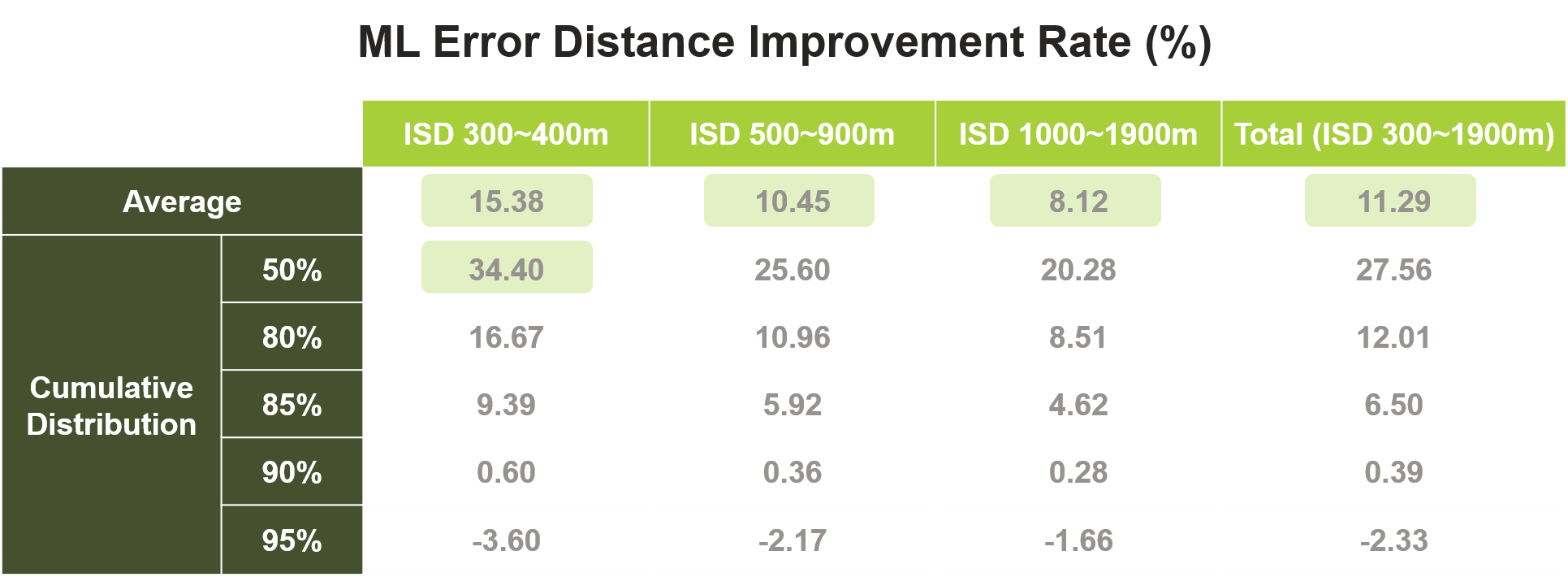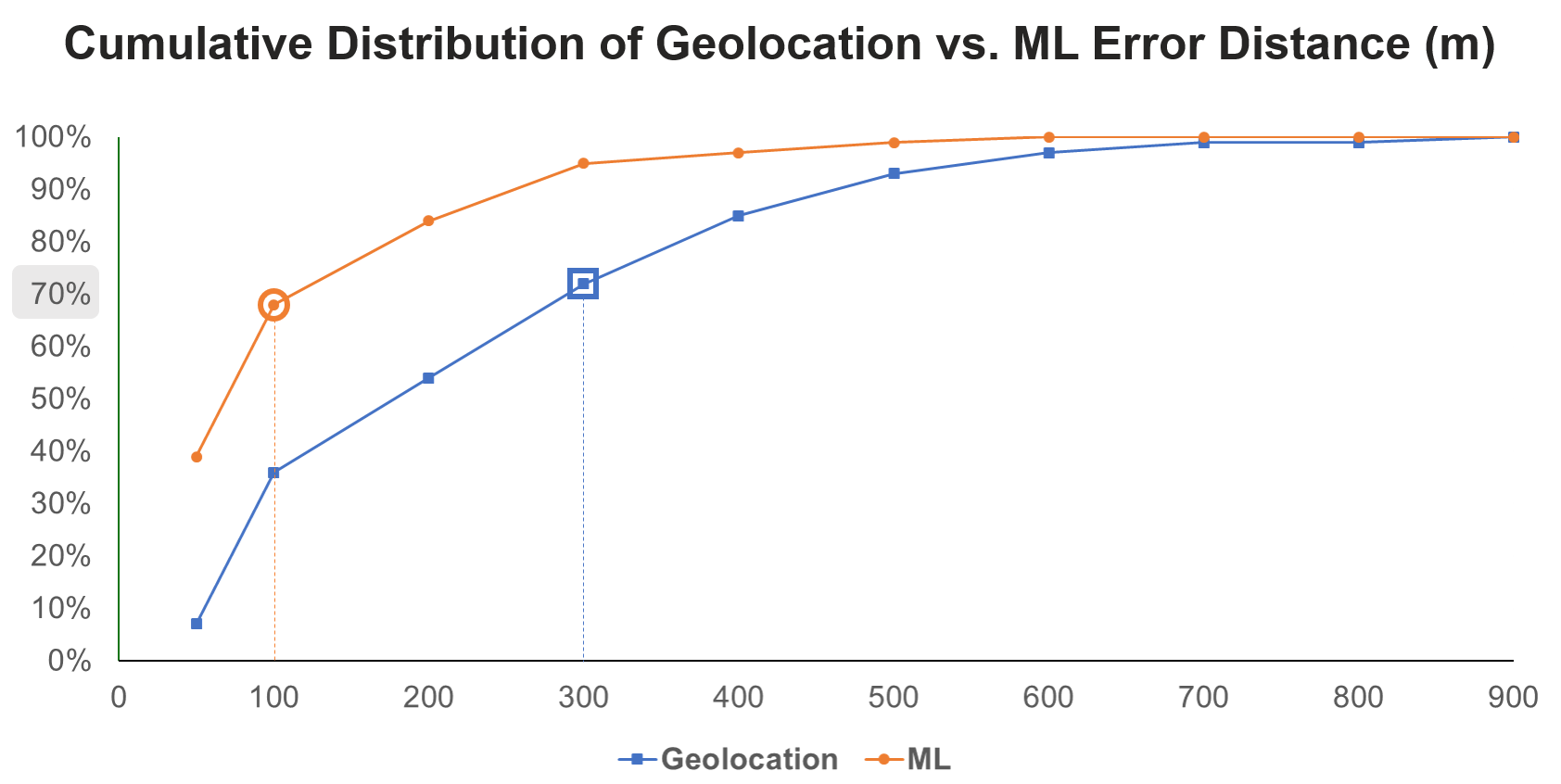Arcadia, CA- November 11, 2019
Increasing Demands on Geolocation
In today’s digital world, two key success factors for businesses are to create a customer-centric solution to close the gap of B2C (business-to-customer) sentiments, and to build a world-class customer service platform to meet expectations. The process of determining the geographical location of a customer (or a customer’s device), commonly known as Geolocation, is undoubtedly crucial to understand what and where are the customer needs.
In the telecommunications industry, mobile operators are constantly facing ever-growing competition in a dynamic market. They are always eager to improve their efficiency and accuracy through the use of geolocation. As a result, operators have been able to create an abundance of benefits in additional business opportunities, including advanced location data analytics, individualized subscriber experience, and creative location-based services.
Continuous Improvement of Geo-Engine
According to market trends, Groundhog Technologies has been applauded as one of the top geolocation vendors in terms of accuracy and functionality across multi-technology networks (2G/3G/4G, 5G coming soon) for more than a decade. Groundhog supports a strong in-house R&D team with various professional backgrounds such as Communications Engineering, Computer Science, Mathematics, Statistical Modeling. Groundhog also continuously strives to improve the overall performance of the Geolocation Engine (Geo-Engine) to enable mobile network operators (MNOs) to be more location-aware and offer quality value-added services to their subscribers.
With Groundhog’s recent breakthroughs, we have built custom AI models based on Machine Learning algorithms for large data sets through Data Science research, training models, pattern recognition, and validation through live deployments. By leveraging the power of AI, Groundhog has successfully invented a brand new way to do Geolocation with first-rate accuracy among competitors.
Advanced Algorithms Applying Machine Learning
Groundhog’s advanced AI models are trained on the massive amount of historical data collected from RAN and network site database. Following our purpose of optimizing location accuracy, we select key features such as inter-site distance (ISD), Angle of Arrival (AOA), Timing Advance (TA), and Reference Signals Received Power (RSRP) to construct algorithms to learn the mapping function and predict for unspecified location data. This is called Supervised Machine Learning (SML).
To accomplish our model’s performance goals, our data scientists consistently optimize algorithms and models to balance the model generalizations, overfitting, and training time issues. By considering the tradeoffs and results, we choose different machine learning algorithms such as Support Vector Regression (SVR) and Deep Neural Network (DNN) to achieve the most-effective and versatile machine learning models.
Groundhog Technologies’ Breakthrough: AI-Driven Geolocation
The new AI-based models have been proven that it can significantly enhance geolocation accuracy. In one recent study conducted in the outskirts of a Southeast Asian city, the ISD found to vary between 300m to 1,900m. The results showed on average an overall 11.29% enhancement of 500,000 test samples and an additional 10% to 15% improvement in the four different ISD test ranges (See Table 1 below). It was found to perform the best in ISD 300m ~ 400m, with more than 15% improvement. If we consider the top 50% of the test samples, which contains richer and more diversified input for geolocation, the accuracy can be enhanced even up to by nearly 35%.
In addition to ISD density and completeness of input data, the improvement of accuracy also fine-tunes itself by tracking subscribers’ movement. In our moving call scenario, the accuracy can further be significantly improved in the 300m to 100m range for the top 70% of test samples (See Figure 1 below).
In summary, Groundhog has successfully applied machine learning techniques into its Geo-Engine and reached a remarkable improvement in location accuracy. Thus again raising the global standard for the telecom industry. Looking ahead, Groundhog not only continuously refines and optimizes our AI-powered geolocation, but also applies artificial intelligence to many other Geolocation challenges in order to unlock the potential of mobile telecom data intelligence.
Table 1:

Figure 1:
 Grow Your Business with Groundhog Technologies
Grow Your Business with Groundhog Technologies
Established in 2001 and based on breakthrough research conducted at MIT Media Labs, Groundhog Technologies has revealed that subscribers’ mobility in the mobile network can be mathematically modeled by Chaos Theory and other advanced techniques. Groundhog has been working with global leading Mobile Network Operators (MNOs) for nearly 20 years. With our Geolocation solution, operators can increase visibility and obtain multi-dimensional insights into network performance, service usage, and subscriber behavior. We are looking forward to helping many more operators and industries to monetize the best use of Geolocation. If you are interested in learning more, please contact us at https://www.ghtinc.com/alliance-request/

